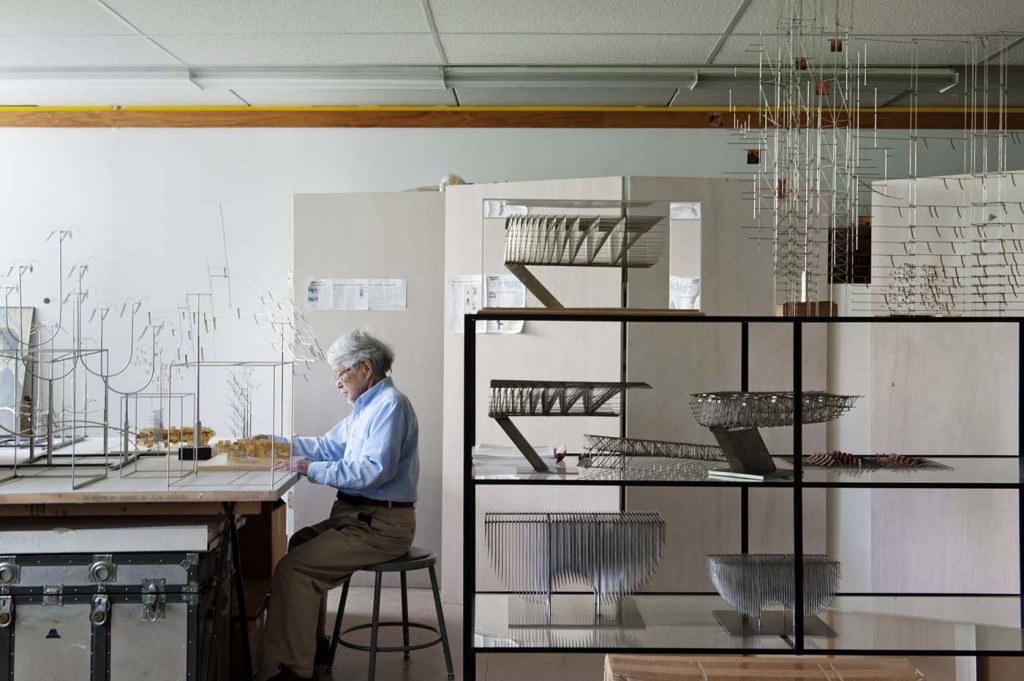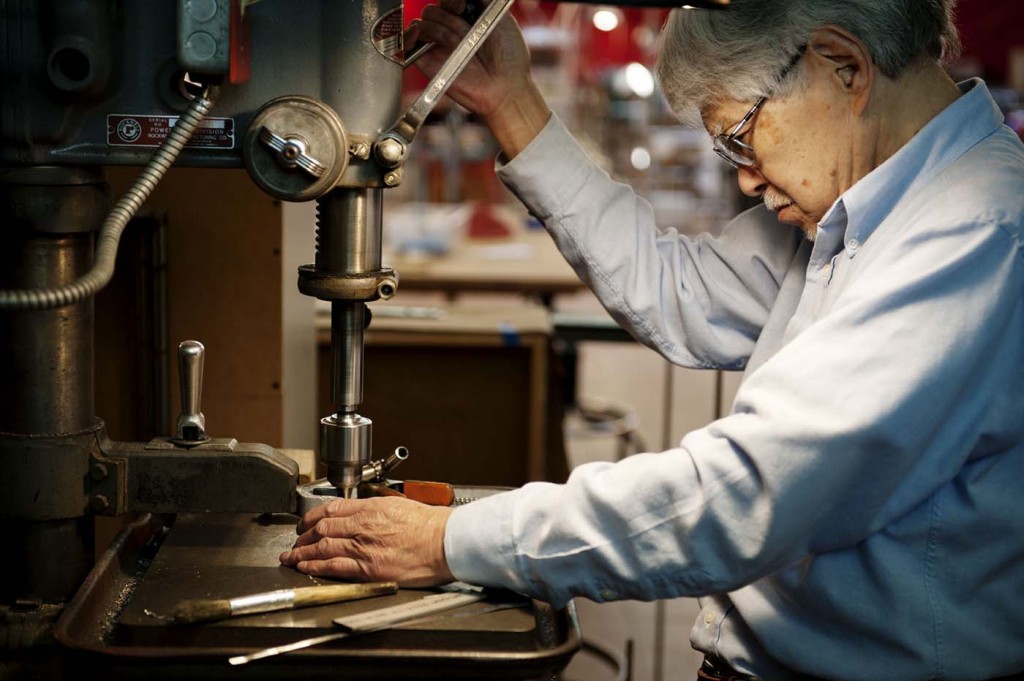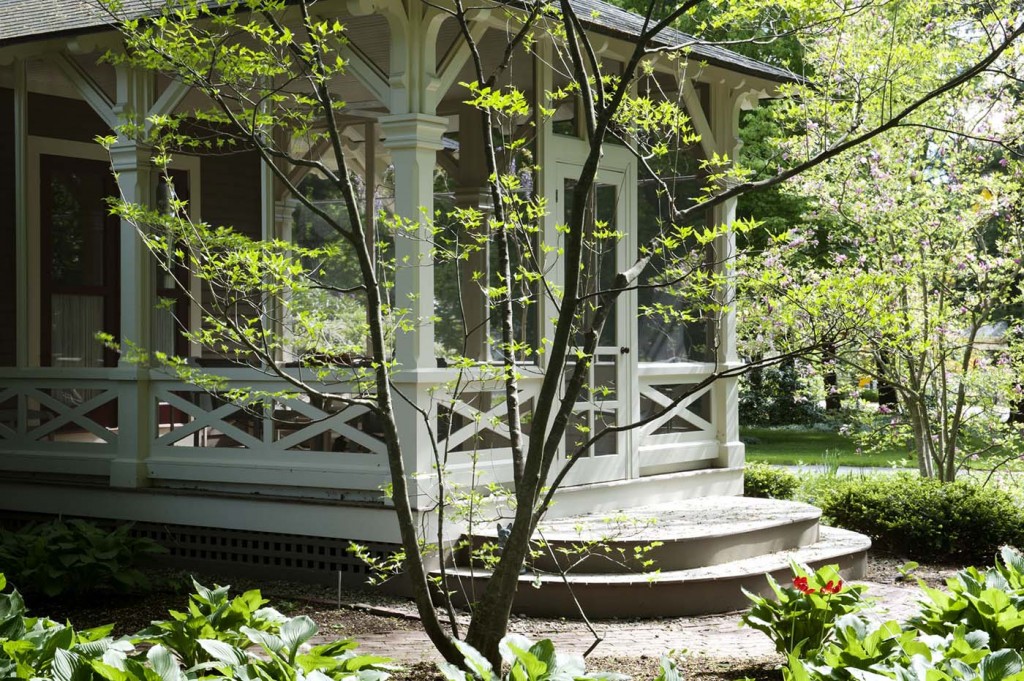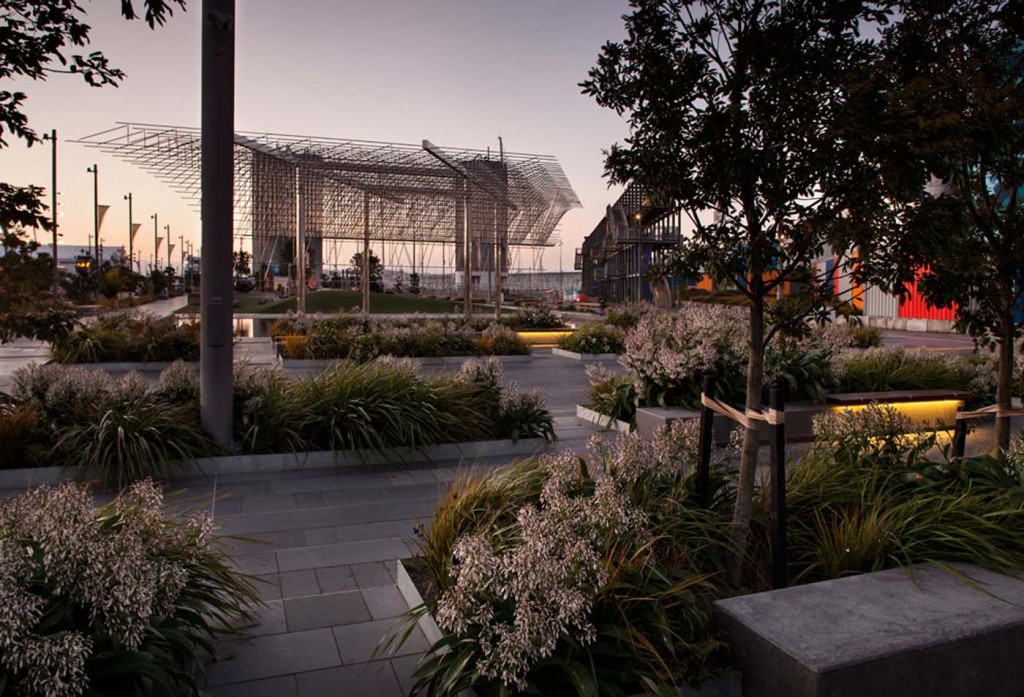Get to know artist Michio Ihara’s sculptural life
It can take a while to find the perfect home. After nearly three decades as the most prominent artwork in downtown Auckland’s windblown Queen Elizabeth II Square, Michio Ihara’s 1977 sculpture ‘Wind Tree’ was taken down to make way for the Britomart redevelopment.
‘Wind Tree’s’ original site was never ideal. It became a resting place for QEII Square’s pigeons, a jungle gym for late night revellers, and a pain in the ear for nearby office workers when the wind really whipped through the sculpture’s hanging eaves.
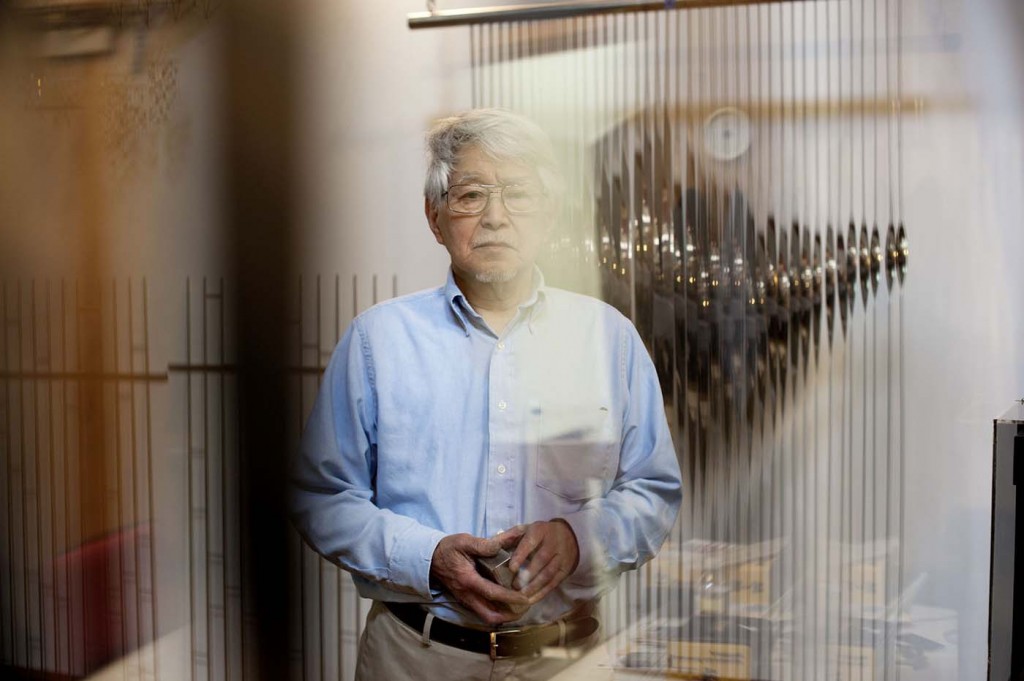
Still, the artist was dismayed by its removal, and even more so that ‘Wind Tree’ lay bent and tarnished in an Onehunga warehouse for another decade, its future far from assured as council officials searched for a new site. It now stands gleaming in Silo Park, Auckland’s newest waterfront playground, framed by sky and sea and grass, as if it was meant to be there from the very start.
Ihara couldn’t be more pleased. “I experienced the survival of the sculpture, which is very lucky for me,” he says, in his elegant Japanese-inflected English. “A lot of cities have much shorter tempers.”
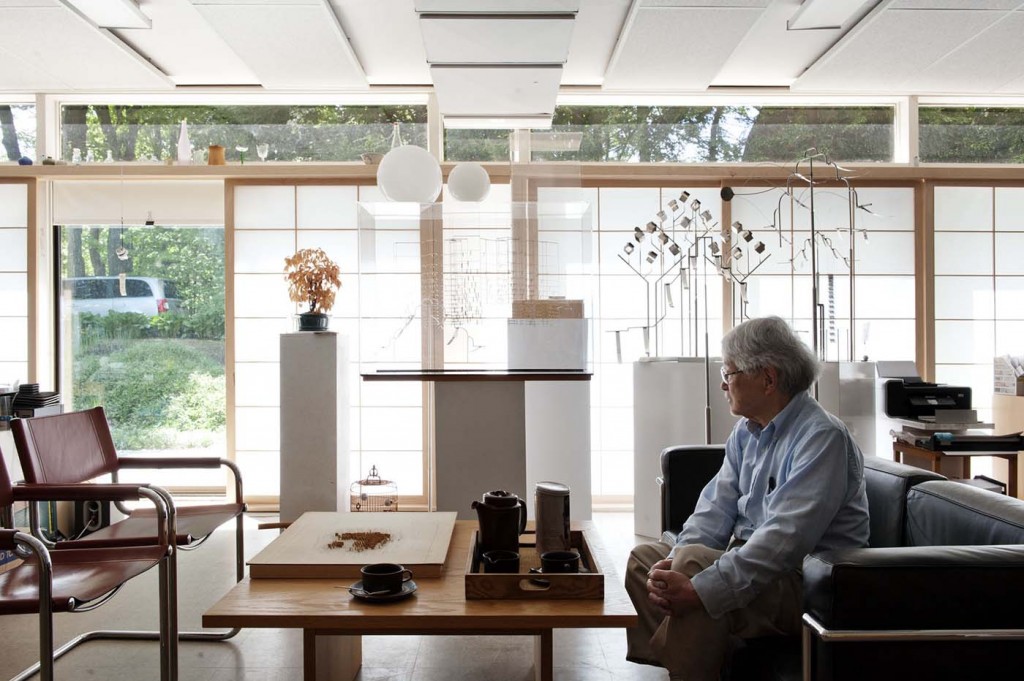
Ihara-san’s own search for a permanent home has taken him from Paris, where he was born in 1928 to Japanese parents – an artist father and music student mother – to Japan, where he resolved at art school to spend his life working in the architectural space, and finally to Concord, Massachusetts, a leafy, historic town in north-eastern United States where he and his family have found the ideal home and studio in a former school.
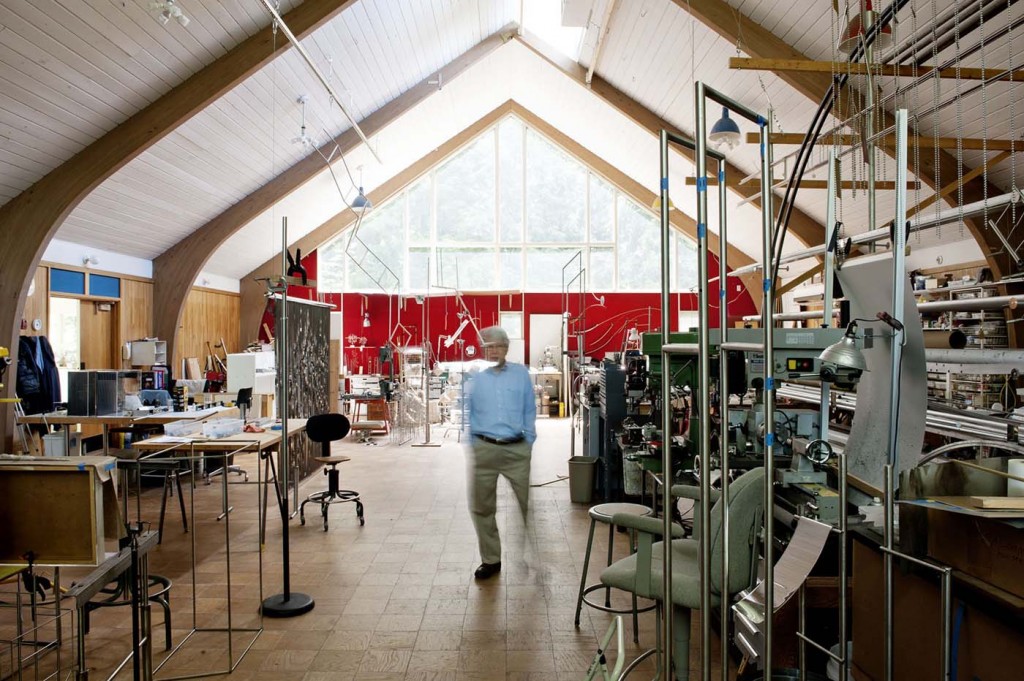
At 85, Ihara is one of the world’s foremost architectural sculptors. His intricate, large-scale commissions hang in New York City’s Rockefeller Center, in Fuji Film’s Tokyo headquarters, at Neiman Marcus in Beverly Hills, in churches throughout Japan, and in hospitals, theatres, airports, performing arts centres, libraries, schools and public spaces across the United States, in South Korea, Singapore, Taiwan, Hong Kong, Australia and, of course, New Zealand.
Yet he’s not the most notable resident of Concord. That accolade goes to the late Louisa May Alcott and her writer friends Ralph Waldo Emerson, Nathaniel Hawthorne and Henry David Thoreau. Their well-preserved 18th-century houses line the roads leading to Concord’s Main Street, where antique stores and cafes perch alongside the river. A mile away, over a bridge and along a road edged with white pines, Ihara’s house – an 1875 Victorian Gothic-style Stick – sits on a large acreage fronted by a curving driveway.
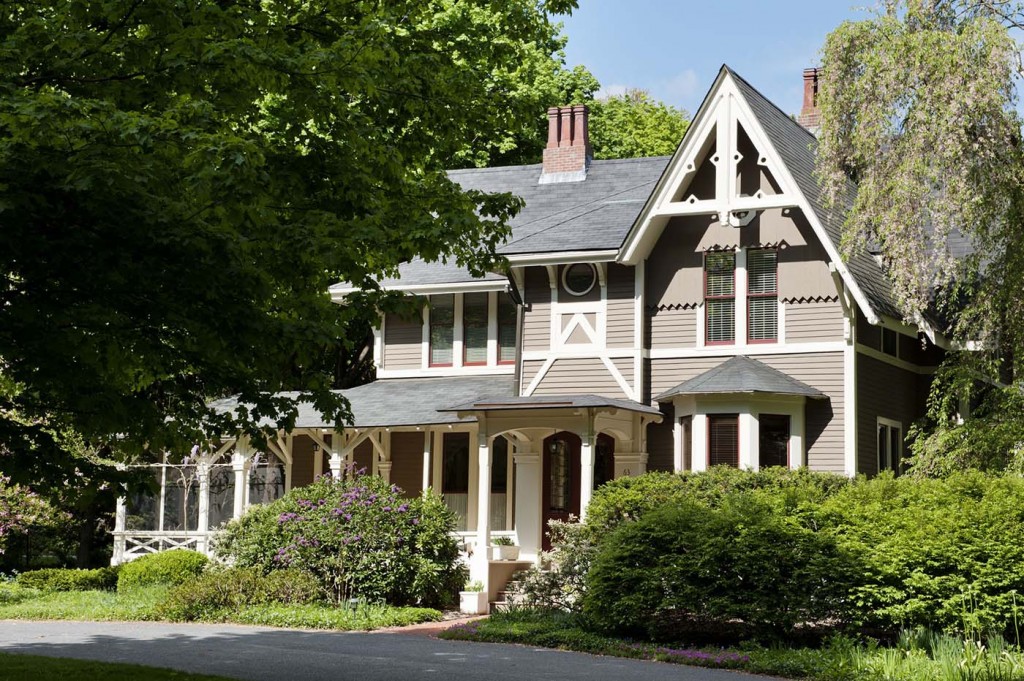
Behind it is the artist’s studio, a two-storey structure that once housed the gymnasium and two classrooms of a private school (the house was its administration block). The buildings are linked by a floating staircase, which Ihara’s wife Doreen laughingly calls “Michio’s 30-second commute”.
Outside in the early summer heat, a large patch of Siberian irises bursts forth. Around the back, blackberry canes are fit to burst. There are Bachelor’s buttons in electric blue, spiderwort in magenta and purple, the Japanese snow flower, deutzia, in stunning white, and everywhere there are hosta, grown from pickings that Doreen harvested from an original patch beside the back porch.
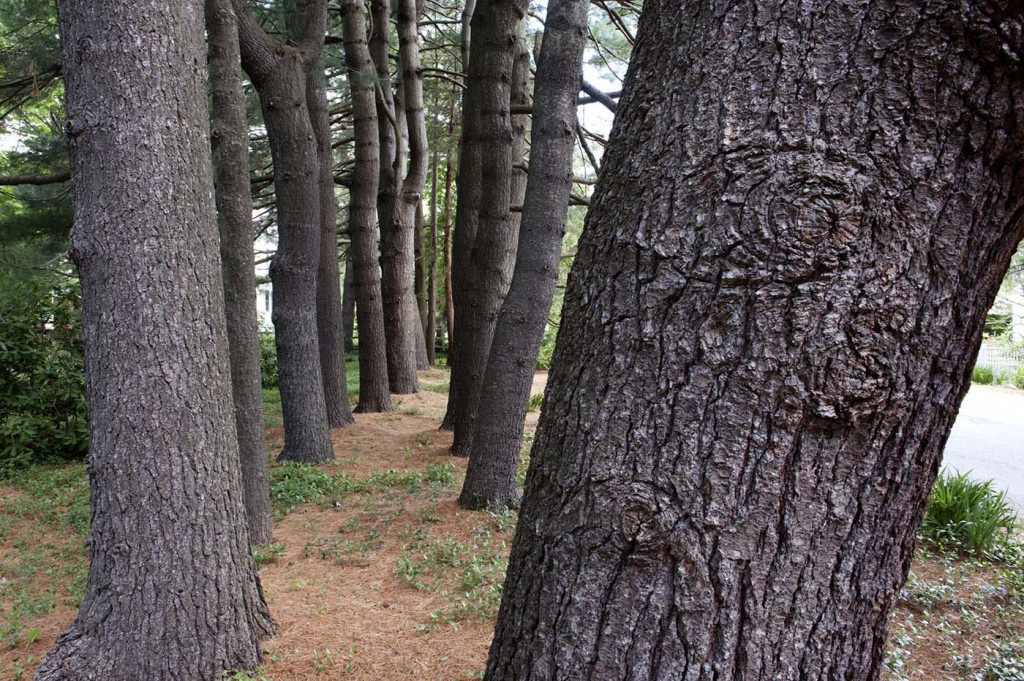
“My garden is very much ‘more of the same’,” Doreen says. “Whatever multiplies by itself so I don’t have to go out and buy it. I just divide and spread around.” Blooms come as others go, enticing changing reflections of colour from the gleaming steel of Ihara’s mid-sized sculptures, the personal artworks he has taken to making since the economy slowed the large commissions.
“This is it,” Ihara remembers thinking when he saw the property. They had been living in nearby Cambridge. Michio moved into the studio as soon as they bought it in 1981, while Doreen spent the next nine months renovating the house (he dubbed her “The Concord Ripper” for all the walls that came down).
It’s a graceful, unfussy renovation. The living room still has the original walnut-and-ash striped floorboards, though Doreen fears “they won’t survive another sanding”. The teachers’ lounge became the kitchen, with its standout black stone bench – “I wanted it to look like a laboratory,” she chuckles – and two porches are the other major additions.
One improvement that didn’t survive was a traditional Japanese bathroom, where bathers would wash before entering the large, tiled bath. “It took forever to fill the thing, took forever to heat the thing,” Doreen laughs. “And then my husband didn’t want to follow the Japanese system: the husband comes home from work, he goes into the bath before dinner, then the rest of the family follows. Michio keeps his own schedule.”
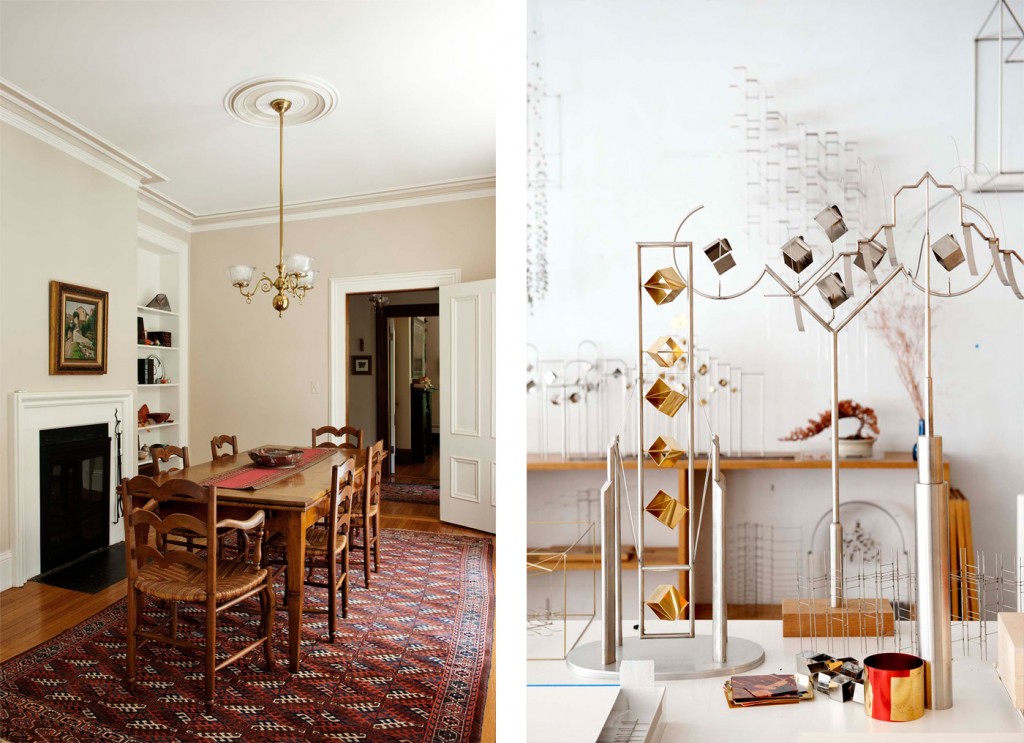
While he works next door, Doreen works on projects in their adult son Akeo’s former bedroom-turned-sewing room, or writing novels at her desk in the master bedroom. Above the desk is a painting by Akeo – a film industry props master – of Michio in repose. Turtle figurines dot the shelves, a collecting obsession of Michio’s.
Along the upstairs hallway, photographs reveal charmingly dapper Ihara ancestors, while downstairs, walls are lined with paintings by Ihara’s brother, Otoaki, and their father. “You can see the Matisse influence,” says Doreen, pointing to a painting in its original plaster frame portraying Ihara senior’s studio in the 13th Arrondissement.
Michio and Doreen met in Boston; he was a 36-year-old research associate at Massachusetts Institute of Technology (MIT), she, a 20-year-old art education student from the “Borscht Belt” area of New York (as depicted in the film Dirty Dancing).
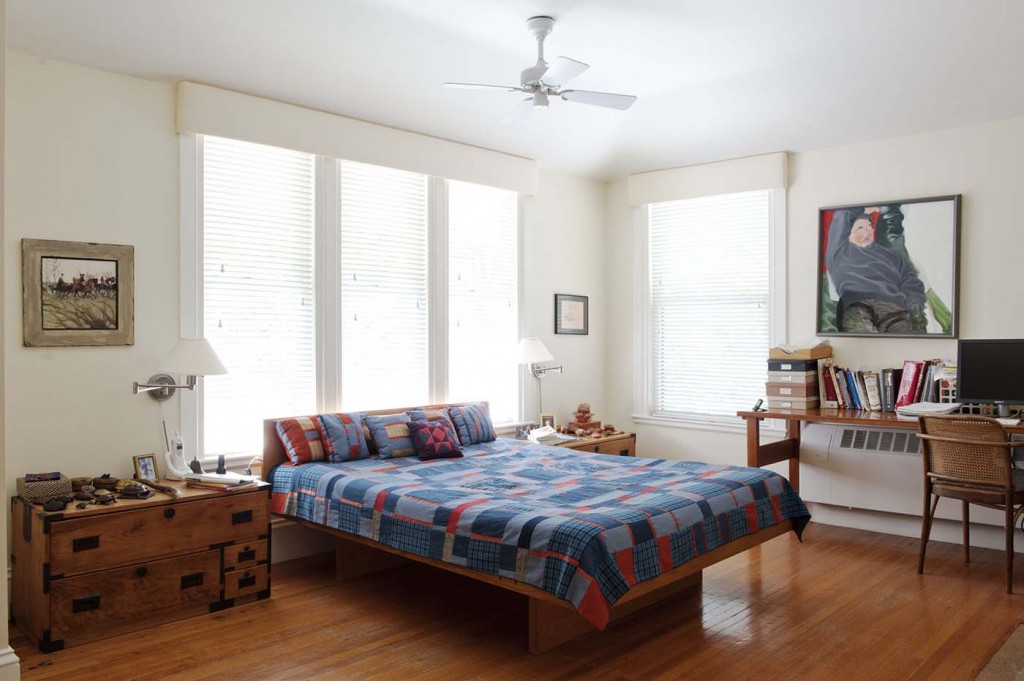
Ihara had gone to MIT’s School of Architecture in the early 1960s on a Fulbright Scholarship to study under the Hungarian artist and design theorist György Kepes. Kepes’ profoundly influential 1956 publication The New Landscape in Art and Science had made a career-changing impression on the young art student when he was still at Tokyo University of Fine Arts, struggling to bond with traditional painting practice.
“Somehow the oil on canvas didn’t echo to my feeling or my blood,” he explains. “I needed some different kind of material, some different kind of space. You never know what makes things turn the corner.” So consistently has he stuck to his practice, he feels as if the span of life between that decision and the present day has been “almost one breath”.

Student and mentor became lifelong friends. In Kepes’ final years, Ihara would visit him weekly, bearing sushi. Several of Kepes’ photogram artworks grace the Ihara home. Ihara himself is now a mentor to Graham Lucks, a kinetic sculptor who has been his assistant for almost 20 years, since coming to him as a high-school student.
A typical day begins early, around 4am. “My head is clear at that time,” Ihara explains. He comes to the studio impeccably dressed. Lucks arrives mid-morning; by mid-afternoon Ihara is ready for a rest. “He is incredibly focused,” says Lucks. “He works very long hours, he takes a nap, and after dinner he’s back in the studio. If he doesn’t have a project going on he gets a little grumpy.”
Each large piece – he once made a suspended sculpture to fit an 82-metre tall hotel atrium – takes years: designing, pitching, negotiating with architects and clients, all handled with grace as long as Ihara feels he has some freedom. Then there’s the manufacturing and installation, after which he rewards himself by going gliding, feeding an obsession he’s had with airplanes since World War Two. “I owe myself two or three flights. I don’t have a license so I have to pay somebody to take me up there.”
While the gently swaying canopy of trees surrounding Ihara’s studio speaks to the steel trunks, veins and branches of his sculptures, and his Japanese heritage could be assumed to be a clear driver of his clean, modernist lines, the strongest influence on Ihara’s work is, in fact, the simplest of things: a blank piece of paper.
“I really like to sit by myself and then do nothing, very quiet. Drop the ink on the paper, that’s good enough to trigger the idea. The white paper, the given stage, is very important. Has to be void, has to be nothing there. The drop of ink or the touch of contact with the pencil, that’s really the beginning, maybe like human life, the conception. Your whole history is there. You can’t describe what you have in your body or your mind. There’s nothing. No words come with it. I always enjoy that moment.”
Q&A with sculptor Michio Ihara
HOME To realise your larger artworks, do you deliberately partner with corporate clients?
Michio Ihara Well, it’s chicken and egg I guess. The spaces are provided. I have to design to a given space. So it’s not initially that I needed an 80-feet space [24.3 metres]; an 80-feet space was given to me to whatever I can perform. I sort of trained myself how to deal with those problems.
HOME Your pieces lend themselves to contemplation, and as it turns out you have designed many artworks for churches, and even a crematorium.
Michio Ihara I have a friend who is very skilful in religious building, so because of him I have some chance to work in the church. I’m not a religious person, but I like working with churches. I like the religious space: the place, and the people, and the meditation.
HOME The viewer often expects your works to move, to be kinetic, but few are. What is your thinking behind this?
Michio Ihara I don’t have to wave my hand to get attention. The sculpture is the same way. It doesn’t need to be flashy, you know, light and movement. I was a painter to start with, so the form or vision I have is out of my brush stroke. It tends to be very subtle.
Words by: Gemma Gracewood. Photography by: Emily Andrews. Sculpture photograph by: Simon Devitt.
[related_articles post1=”27933″ post2=”1121″]
